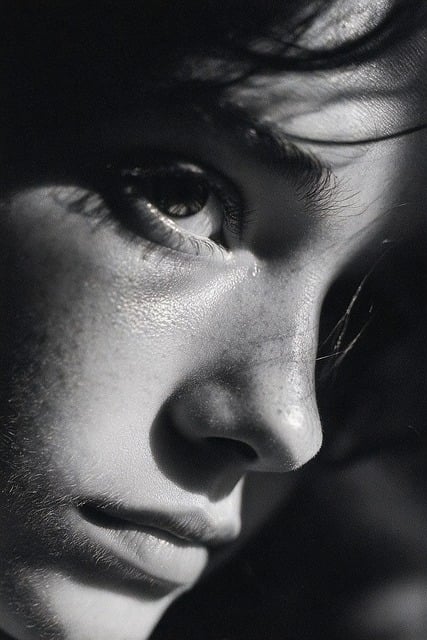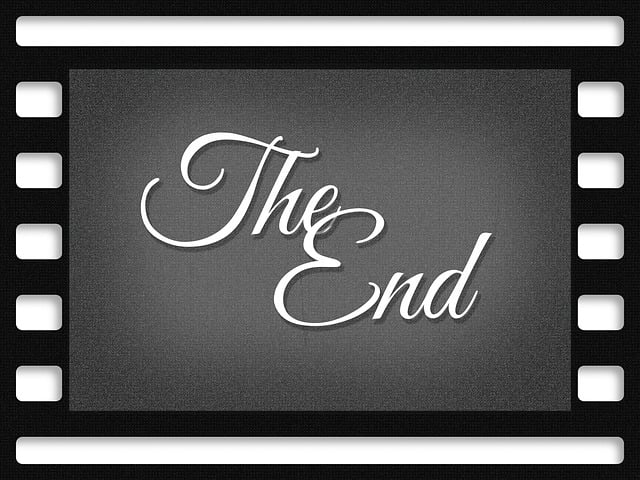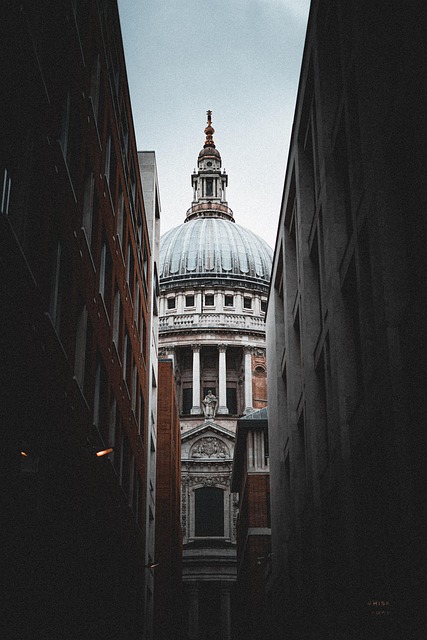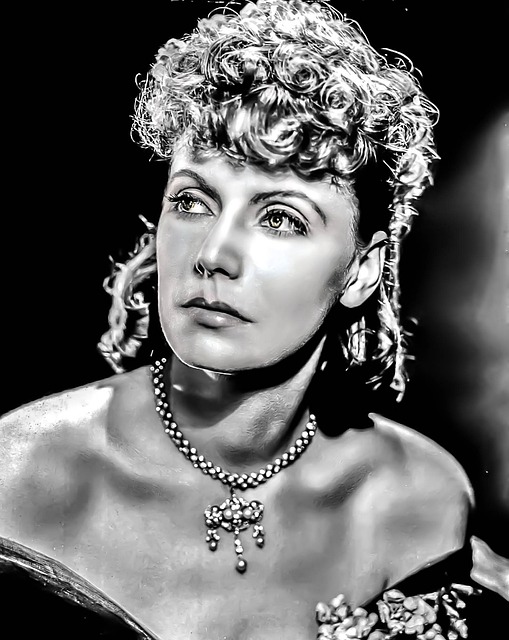
Film editing techniques are vital for crafting captivating narratives. Linear and nonlinear cuts shape stories, while rhythm and pacing engage audiences. Visual effects, sound design, and music enhance immersive experiences. Advanced tools like split screens and transitions elevate cinematic storytelling. Software, online resources, and mentorship unlock creative potential, ensuring skilled filmmakers leave a lasting impression in the evolving film landscape.
Unleash the magic of cinema with an exploration of film editing techniques. From the foundational skills of cutting and pacing to advanced tools like split screens and transitions, this guide unravels the art behind crafting captivating narratives. Discover how linear and nonlinear approaches shape storytelling, enhancing visual flow with sound design. Join us as we navigate the essential software and techniques that empower modern filmmakers to bring their visions to life on the silver screen.
- Understanding the Basics of Film Editing
- Types of Cut: Linear and Nonlinear Techniques
- Rhythm and Pacing: Creating Cinematic Flow
- Storytelling Through Visuals and Sound
- Advanced Techniques: Split Screens, Transitions
- Software and Tools for Modern Editors
Understanding the Basics of Film Editing
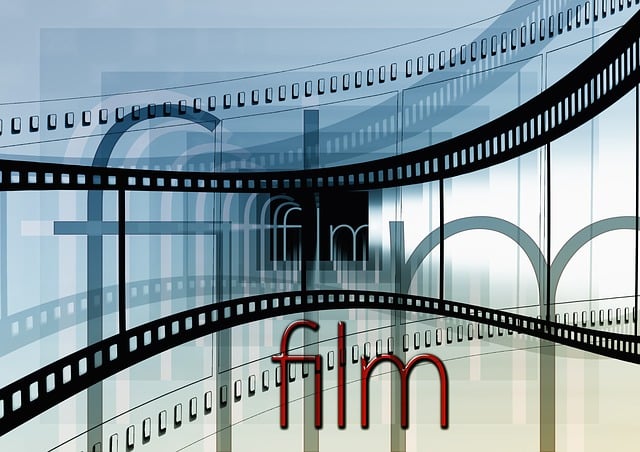
In the realm of film, understanding the basics of editing techniques is paramount for crafting compelling narratives and enhancing audience engagement. Film editing involves manipulating and arranging raw footage to create a coherent and visually appealing story. It’s an art that transcends mere cutting; it includes rhythm, pacing, and semiotics of cinema, where each scene transition communicates meaning. Skilled editors use various methods like cross-cutting, parallel editing, and visual effects to guide the viewer’s emotional journey.
By exploring different editing techniques, filmmakers can control the flow of information, evoke specific responses from the audience, and create a unique cinematic experience. Whether it’s using quick cuts for suspense or extended takes for realism, each choice contributes to the overall impact of the film. Visit us at mentorship programs anytime to delve deeper into these essential skills and unlock your creative potential in the world of editing.
Types of Cut: Linear and Nonlinear Techniques
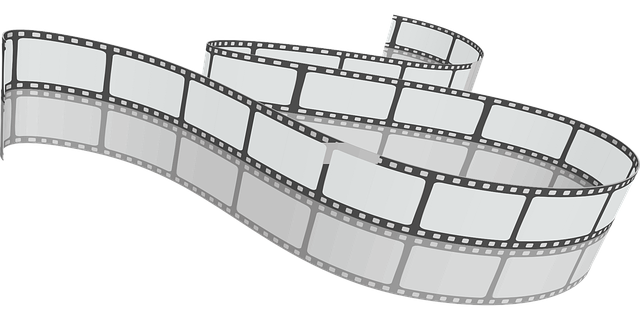
In the realm of film editing, understanding different types of cuts is essential for crafting compelling narratives. Two primary techniques stand out: linear and nonlinear cuts. Linear cutting involves sequential storytelling where scenes flow one after another, mimicking real-life experiences. This method relies on a chronological presentation of events, creating a straightforward and coherent narrative arc. On the other hand, nonlinear editing breaks away from this convention by rearranging footage to present events out of order. It allows for complex storytelling, often seen in modern films and popular culture influence, where time shifts, flashbacks, and parallel narratives intertwine.
Nonlinear techniques, popularized through various filmmaking workshops and advanced editing suites, offer filmmakers a powerful tool to challenge the audience’s perception. By manipulating temporal sequences, editors can create layers of meaning, explore themes of memory, and convey complex emotions. This semiotics of cinema enables directors to guide viewers’ interpretations, offering unique perspectives that go beyond traditional storytelling. Even so, mastering these skills is crucial for aspiring filmmakers, as it can greatly enhance their ability to tell stories on screen—a key aspect often sought after in the diverse roles within the industry, where editing plays a pivotal part. Find us at industrie roles for more insights into this captivating art form.
Rhythm and Pacing: Creating Cinematic Flow

In the art of filmmaking, rhythm and pacing are essential elements that distinguish a captivating film from an ordinary one. Film editing plays a pivotal role in controlling the flow of a story, ensuring it engages viewers and evokes the desired emotional response. Skilled editors achieve this by employing various cutting techniques, such as parallel montages to build tension or asynchronous cuts for dramatic effect. By artfully manipulating shot duration and transitions, they can slow down moments of intensity or speed up scenes to create a sense of urgency.
Understanding rhythm in film involves analyzing the pacing of different sequences. Film analysis tools and modern filmmaking software offer editors precise control over these aspects. They can experiment with tempo, using slower cuts during reflective moments and faster ones during action-packed scenes. This manipulation of time within a frame is what makes or breaks a film’s cinematic flow, drawing audiences into the story and leaving them eager for more. Exploring different cutting techniques and studying the work of renowned editors can help aspiring filmmakers enhance their skills and find their unique voice in this critical aspect of production, even through mentorship programs available to them.
Storytelling Through Visuals and Sound
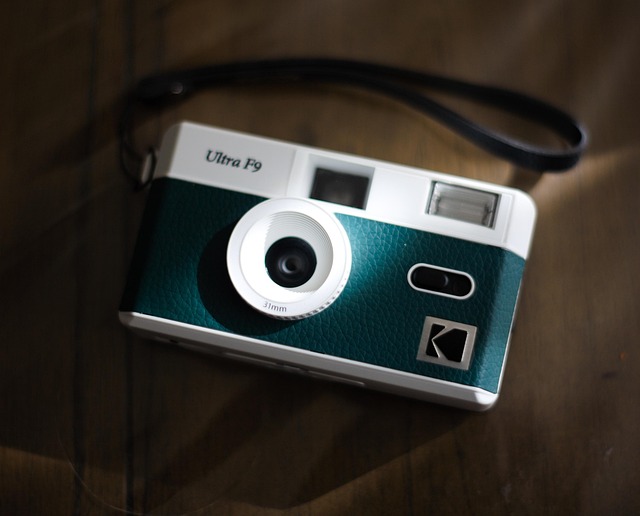
In the realm of film, storytelling is an art that transcends written words, relying heavily on visuals and sound to captivate audiences. Editing techniques play a pivotal role in this process, serving as the invisible hand that guides viewers through a narrative journey. Through careful manipulation of footage, filmmakers can evoke emotions, establish rhythm, and drive the story forward. A well-executed edit ensures that every shot serves a purpose, be it revealing character motivations, building tension, or transitioning smoothly between scenes.
The power of sound design and music in conjunction with visual editing cannot be overstated. These elements work symbiotically to enhance the storytelling experience across various movie genres. Whether it’s the suspenseful string notes accompanying a thriller scene or the upbeat rhythm synchronizing with energetic action sequences, audio contributes significantly to the overall impact. This integration of visuals and sound is a testament to how effective film editing can be in engaging audiences, often leaving them breathless and eager for more. For personalized guidance and insights, consider joining mentorship programs that delve into these techniques, or simply give us a call at academic essays for expert assistance.
Advanced Techniques: Split Screens, Transitions

In the realm of film, advanced editing techniques elevate cinematic language to new heights. One such technique is the split screen, where the frame is divided into multiple segments, allowing for simultaneous display of different scenes or actions. This innovative approach not only adds depth but also enables a deeper exploration of themes and narratives, enhancing the viewer’s experience. By skillfully employing split screens, editors can create intricate visual conversations, mirroring the complexity of real-world scenarios.
Transitions play another pivotal role in advanced film editing. Smooth shifts between scenes, shots, or even within a single take, are crucial for maintaining audience engagement. From classic fade-ins/fade-outs to more contemporary dissolves and wipes, transitions help in storytelling by subtly suggesting time passages, scene changes, or contrasting moods. As the digital conservation of films becomes increasingly important, understanding these techniques is not just vital for crafting compelling stories but also for preserving the artistic integrity of cinematic art in academic essays and beyond. Visit us at critical analysis anytime to explore more about these captivating aspects of film editing that shape career paths in the ever-evolving landscape of cinematic language.
Software and Tools for Modern Editors

Modern film editors have a vast array of software and tools at their disposal, revolutionizing the way they craft cinematic stories. Professional-grade editing suites like Adobe Premiere Pro, Final Cut Pro, and DaVinci Resolve offer powerful features for cutting, color grading, and sound mixing. These industry-standard programs enable editors to seamlessly work with high-resolution footage, apply advanced visual effects, and create dynamic narratives.
Beyond the software, online resources, and industry networking film theory courses play a significant role in enhancing skills. Thematic analysis of both fictions & non-fiction films provides valuable insights, inspiring editors to explore creative editing techniques. Even basic tutorials on YouTube or specialized platforms can unlock new possibilities, ensuring editors stay updated with the latest trends and techniques. Find us at lighting in film for more resources and collaborations.
Film editing is an art that transforms raw footage into a captivating cinematic experience. By mastering techniques like linear and nonlinear cutting, rhythm manipulation, and advanced tools, editors can weave together visuals and sound to tell stories that resonate deeply with audiences. Whether enhancing flow with transitions or exploring split screens, these methods enable filmmakers to create unique, memorable films. With the right software, modern editors have limitless possibilities to craft visual narratives that leave a lasting impact.
